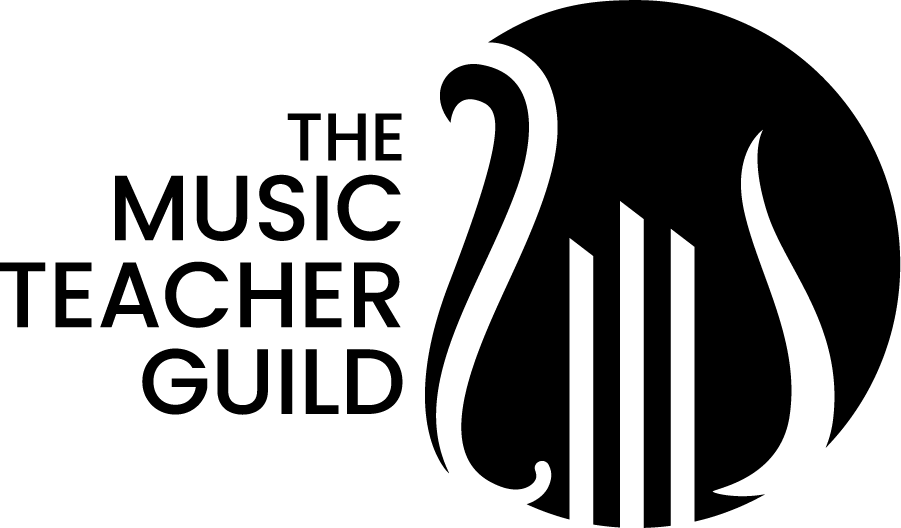Navigating Music Education Policy: An Analysis
Policies shape the foundation of music education, from funding decisions to curriculum standards. For music educators, understanding these policies isn’t just beneficial—it’s essential. By analyzing legislation and its impacts, teachers and advocates can work together to ensure music programs thrive. In this post, we’ll explore the key areas of music education policy and how you can play an active role in shaping the future.
Why Policy Analysis Matters in Music Education
Music education policies have a profound impact on how and where music is taught. They dictate everything from the availability of funding to the breadth of curriculum options. Here’s why analyzing these policies is so crucial:
Funding Decisions: Policies determine how much money is allocated to music programs at federal, state, and local levels. Budget cuts often target the arts first, making informed advocacy essential.
Curriculum Standards: Policies establish what students learn in music classes, influencing everything from repertoire to the integration of technology.
Access and Equity: Disparities in funding and resources often lead to unequal opportunities, particularly in underserved communities.
By understanding these dynamics, educators and stakeholders can work to ensure music education remains a priority in schools.
Key Areas of Music Education Policy to Analyze
1. Funding
Examine how federal initiatives like Title IV of the Every Student Succeeds Act (ESSA) allocate funds for arts education.
Investigate state and local budgets to identify gaps in funding for music programs.
2. Curriculum Standards
Analyze how national standards, such as those from NAfME, influence state and district-level curricula.
Explore how policies affect the integration of modern practices like STEAM (Science, Technology, Engineering, Arts, Math).
3. Access and Equity
Look at policies addressing music education in underserved schools and communities.
Assess initiatives aimed at increasing diversity in music programs.
The Legislative Impact on Music Education
Case Study: ESSA (Every Student Succeeds Act)
ESSA, passed in 2015, was a landmark for music education, recognizing it as a core subject. This policy allowed schools to access federal funding for music programs, but its success often depends on state and local implementation.
State Legislation
Some states have gone further, passing bills that mandate minimum instructional hours for the arts. Others, however, still struggle to prioritize music education in their budgets.
Local Policies
District-level decisions often determine the specifics of how music programs are implemented. These policies may dictate everything from the hiring of music educators to the purchase of instruments and resources.
Strategies for Advocating Policy Change
1. Using Data and Research
Present compelling statistics about the benefits of music education, such as its link to higher academic achievement and emotional well-being.
Share success stories from schools where robust music programs have positively impacted students.
2. Building Coalitions
Collaborate with other educators, parents, and community organizations to amplify your voice.
Join professional networks, like NAfME, to gain access to resources and support.
3. Communicating with Policymakers
Write letters, make phone calls, or schedule meetings with legislators to advocate for music education.
Tailor your message to address specific policy goals and their impact on students.
Tools and Resources for Policy Analysis
Tracking Policy Updates
NAfME Advocacy Tools: Provides updates on legislation affecting music education.
State Education Agency Websites: Access information on state-specific policies and funding.
Reports and Data
Use resources from organizations like Americans for the Arts or Arts Education Partnership to find detailed policy reports and statistics.
Community Engagement Platforms
Platforms like ActionNetwork.org make it easy to organize petitions and advocacy campaigns.
Conclusion
Music education policies don’t just affect teachers—they shape the opportunities students have to explore their creativity and develop essential skills. By analyzing policies, advocating for change, and leveraging resources, music educators can ensure that their programs remain vibrant and impactful.
Take the first step today: research the policies that affect your district, connect with advocacy organizations, and start a conversation about the importance of music education. Together, we can shape a future where music is a cornerstone of every student’s education.

